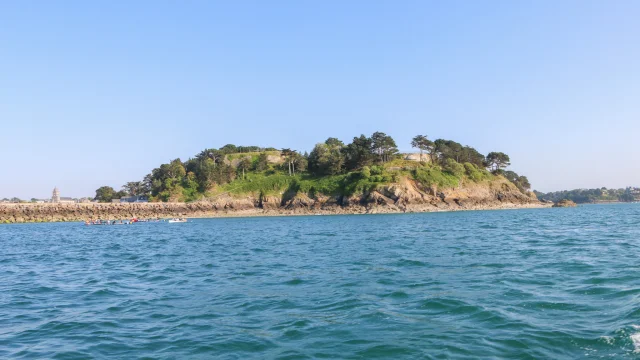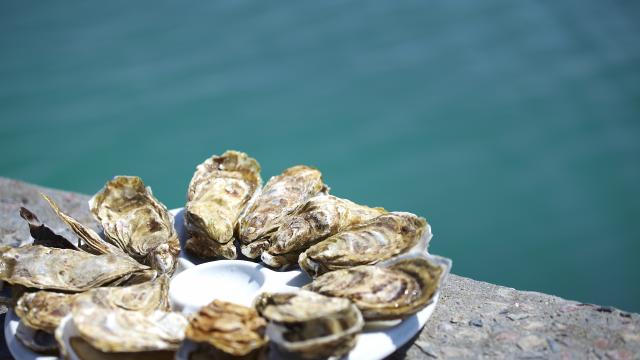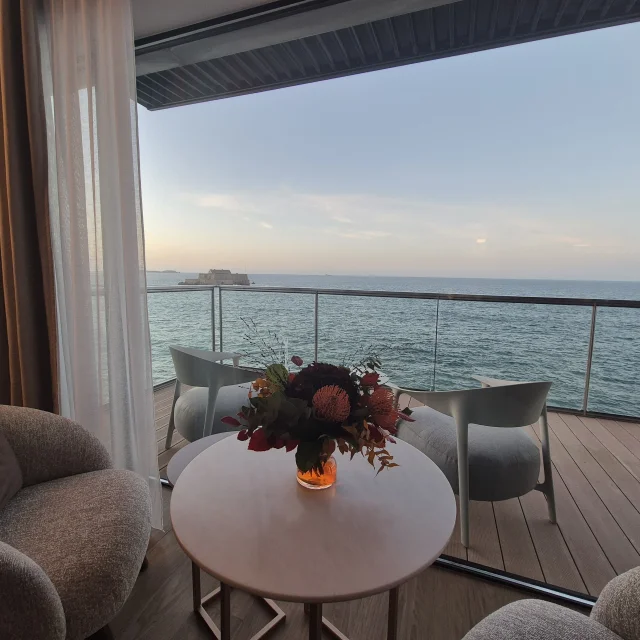The Neolithic site of Lillemer
The village of Lillemer is located between the White Marsh and the Black Marsh to the west of Mont-Dol. Remains from the Neolithic period, dating back to 4,000 BC, have been uncovered during archaeological digs carried out since 2001.
Thanks to the damp peaty soil, the remains unearthed are in an exceptional state of preservation. A monumental entrance is among the discoveries, presuming the existence of a Neolithic enclosure system tiered over the Lillemer mound. Thousands of lithics, ceramics and domestic objects, as well as bones from an adult burial, have been unearthed.
The excavations carried out in the village have given rise to a Archeological Interpretation Space. The area is open to visitors free of charge, at the same times as the town hall.
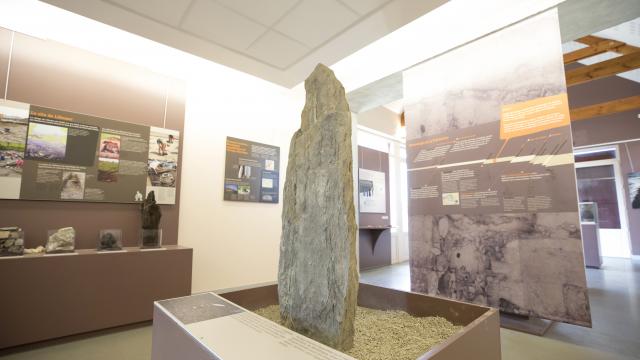 Espace d'interprétation archéologique de Lillemer
Espace d'interprétation archéologique de Lillemer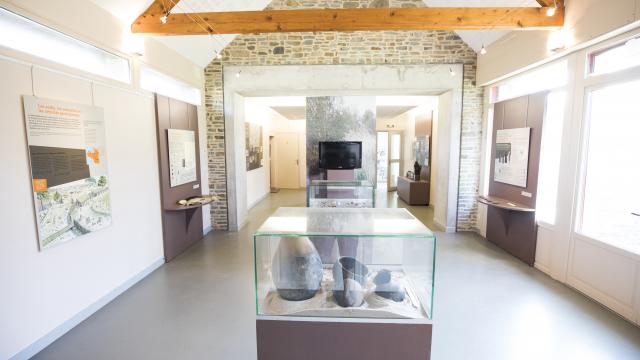 Espace d'interprétation archéologique de Lillemer
Espace d'interprétation archéologique de Lillemer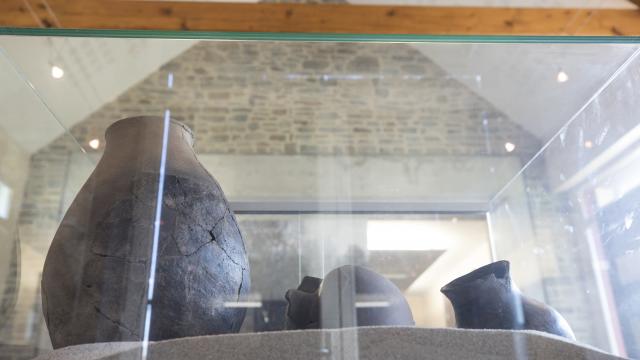 Espace d'interprétation archéologique de Lillemer
Espace d'interprétation archéologique de Lillemer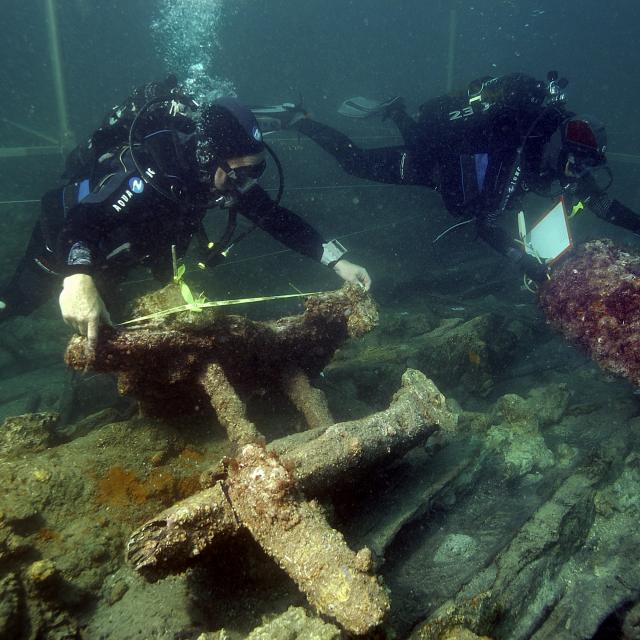 ©t Seguinadramar (2)
©t Seguinadramar (2)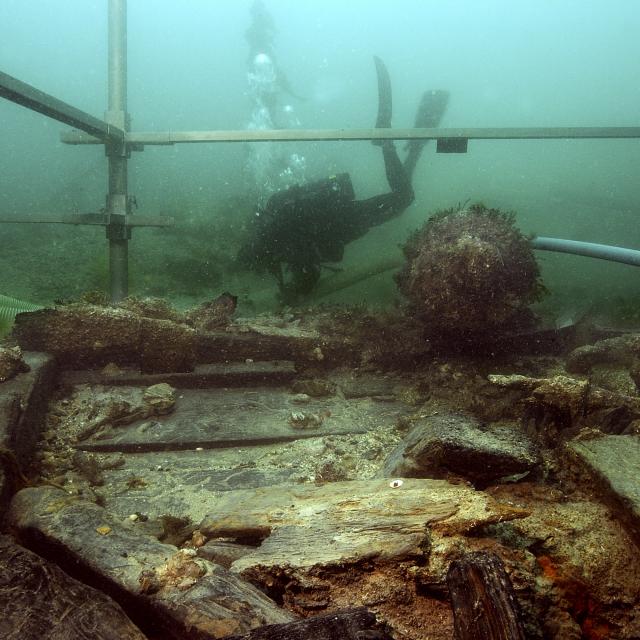 ©t Seguinadramar (1)
©t Seguinadramar (1)Les épaves corsaires de la Natière
Two privateer frigates were lost in the Bay of Saint-Malo in the 18th century: the Dauphine and the Aimable Grenot. The wrecks were discovered by chance by a Malouin diver in 1995 on the rocks of La Natière.
The Dauphine, a 300-ton vessel, had 180 sailors on board. Built in Le Havre, it sank on 11 December 1704. The royal frigate from Granville, the Aimable Grenot, was lost at sea on 6 May 1759. Excavated since 1999, the two ships have yielded more than 3,000 artefacts: swords, sabres and pistols, clothing, Norman ceramics and even surgeon’s equipment.
This is one of the richest underwater archaeological sites in the world. The research carried out on these ships will culminate in the opening of a maritime museum in 2019.
Consult the site of ADRAMAR, Association pour le Développement de la Recherche en Archéologie MARitime.
The Viking camp
The remains of a Viking camp remain in the Vigneux cove in Saint-Suliac, on the banks of the River Rance. It is thought to have been a fortified camp occupied by the Normans in the 10th century. Although the site has yet to reveal all its secrets, it is assumed that a wooden fortification was perched on an earthen promontory and surrounded by a stone structure. To see it, take the 4-kilometre Mont Garrot trail. A veritable promontory above the Rance estuary, Mont Garrot offers a magnificent panoramic view of Saint-Suliac and the Vigneux cove. The start is 800 metres from Saint-Suliac at the Moulin de la Chaise.


